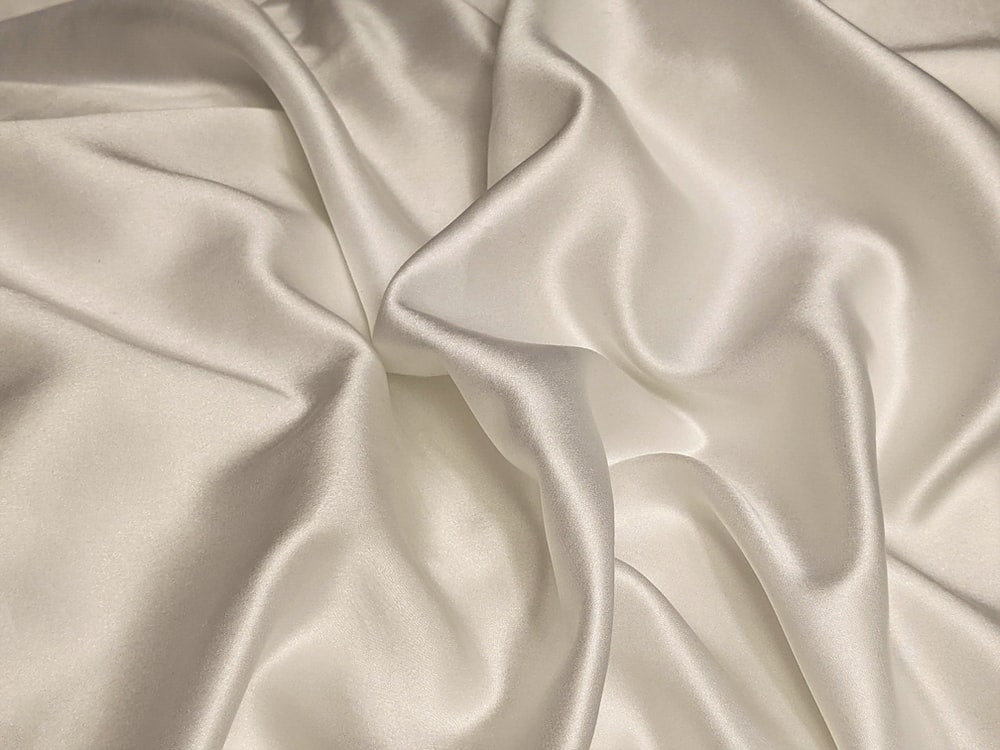Tag: Sea silk
What is Silk Fabrics? Everything You Must Know About Silk Fabrics
Silk is also referred to as the epitome of luxury that trades worldwide. You may question the way the silk fabrics are smooth and glossy?
We all know that individuals love the luxurious feel of soppy material. But have you considered its procedure, benefits, types, and much more? Within this content piece, we’ll share the very best insights concerning the silk fabrics that will help you pick the quality one per your requirements.
What is silk fabric?
It’s a natural protein created by a kind of worm. The buyers keep these worms captive, and also the cocoon they spin are constructed with silk threads. These threads are woven into lustrous silk cloth. The fabric can also be the most difficult natural fibre as well as high quality, which makes it a material that breathes.

The yarns created for silk fabrics are created through the entire process of sericulture accustomed to weaving a number of textiles. The fabric includes a shimmering appearance because of its natural fibre. The technique of creating the silk fabric:
- Larvae are given mulberry leaves to eat
- After they have moulted enough time, they will spin a cocoon. The silk fabrics will solidify when it comes in contact with air. This might take about two to three days
- Once the cocoon is built, it is dropped into the pot of boiling water
- The silk material is extracted by brushing on the cocoon
- The raw silk is knit or woven into the fabric or spun in a yarn
Silk might appear thin, but it’s highly strong to really make it highly durable. If you don’t maintain good care, exposing it to an excessive amount of sunlight or ensuring that it stays wet damages its quality. As is a natural fabric, it’s compostable. The garments are manufactured from a mix of fabrics. It’s a perfect biodegradable material.
What are the types of silk fabrics available in the market?
- Mulberry silk: This is an affordable and easiest type of silk fabric to make. It is famous for its durability, strength, and softness.
- Tasar silk: It is the most common type of silk fabric produced. This is a variety of silk that is made native to India.
- Muga silk: This is made from Muga silkworms which are semi-domesticated. Generations have made it of Assam residents.
- Coan silk: This is mainly used to increase the strength of other types of silk fibres. These silkworms feed on pine, oak, and juniper trees.
- Sea silk: Certain types of mussel native produces small quantities of silk-like fibres
- Spider silk: It is an expensive product not used in textile production. Producers use spider silk to build bulletproof vests, telescopes, microscopes, and more niche products.
- Eri silk: This type of silk fabric is heavy and durable. The Eri silkworms on castor trees that is why it is also known as castor silk.
What are the benefits of using silk fabrics?
- Texture: The material is incredibly soft, providing a luxurious and high-end appeal.
- Elasticity: Silk is highly flexible, making it ideal for clothing and upholstery.
- Shrinkage: The fabric must be dry-cleaned, or it must be washed before sewing it
- Strength: It is one of the toughest natural fibres, but some might diminish when it’s wet. Silk is blended with other fibres for better sturdiness.
- Absorbent: Silk is an absorbent fabric that handles moisture well. This also makes sure that it absorbs dyes better.
- Breathable: The structure of the strands makes the material breathable to provide you with a cooler and comfortable sleep.
- Biodegradable: The raw and untreated silk is completely biodegradable, making it a great choice to be an eco-friendly choice.
What is the common usage of silk fabrics?
Silk is mainly utilized in household and outfit products, but in some instances, they’re a choice utilized in medicine and tires. The fabric is ideal for summertime clothing because it is highly absorbent. A few examples to make use of the fabric:

Recent Comments